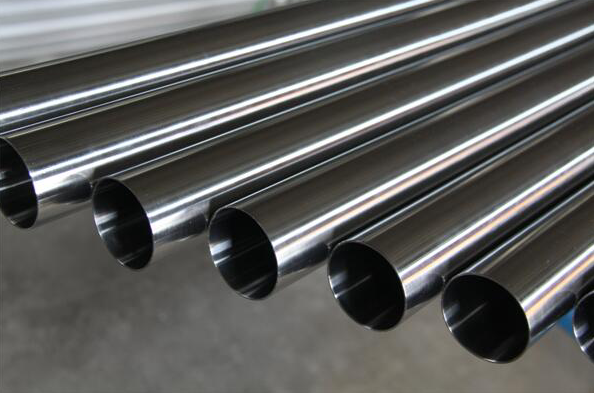
Food Grade 304 Stainless Steel Pipe vs. Industrial Stainless Steel Pipe
For food-grade 304 stainless steel pipes and industrial stainless steel pipes, although they are all stainless steel pipes, there are certain differences between them. Needless to say, there is a gap in the application field, and the use determines the implementation standards, process requirements, and surface of the two. Next, Permanent Stainless Steel Manufacturing Co.,Ltd will introduce the difference between food grade 304 stainless steel pipe and industrial pipe.

1. Heavy metal content
The main difference between food grade 304 stainless steel pipe and industrial pipe is that the heavy metal content of food grade 304 stainless steel pipe is much lower than that of industrial pipe. According to the standard GB 31604.34-2016 "National Food Safety Standard Food Contact Material and Product Lead Determination and Migration Determination", food grade 304 stainless steel pipe is required to dissolve lead content ≤0.05 under acetic acid soaking; while industrial pipes, such as Markov There is no clear regulation on the lead content of stainless steel.
2. Surface
The most obvious difference lies in the surface. The surface of food-grade 304 stainless steel pipes must be at least BA grade, which is a bright surface; while industrial pipes have no requirements for the surface, the surface is often rough, and the key is to have high corrosion resistance.
3. Process requirements
For food-grade 304 stainless steel pipes that are in direct contact with food, the finish inside the pipe is very important. However, the inner wall of the tube needs to be polished and brightly annealed to make the inside of the tube wall smoother. If there is a liquid medium inside, it can prevent clogging.
However, industrial pipes are often used in polluted environments, so they have higher requirements for the anti-oxidation performance of the pipes, so pickling passivation treatment is generally carried out. Pickling passivation can generate a dense oxide film on the surface of the pipe, which greatly improves the corrosion resistance of the pipe.
4. Implementation standards
For the reference standard of food grade 304 stainless steel pipe, please refer to QB/T 2467-2017 "Stainless Steel Pipe Standard for Food Industry";
The standards of industrial stainless steel pipes are divided into several varieties due to their different uses, such as GB/T 31929-2015 "Stainless steel welded steel pipes for ships", GB/T 32569-2016 "Stainless steel welded steel pipes for seawater desalination devices", GB/T 24593 -2018 "Austenitic Stainless Steel Welded Steel Pipe Standard for Boiler and Heat Exchanger", GB 30813-2014 "Austenitic Stainless Steel Welded Steel Pipe for Nuclear Power Station", etc.
The above standards mainly stipulate the surface roughness and hygiene requirements of food 304 stainless steel pipes, while the industrial pipes mainly stipulate the content of chemical elements, mechanical properties, dimensions, and shapes.
5. Scope of application
Food-grade stainless steel pipes are generally used in production equipment and assembly lines that are mainly used in food, beverages, wine, medicines, etc.; while industrial pipes are often used in boilers, heat exchangers, mechanical parts, sewage pipes, and pressure pipes for chemical industries.
The above is the difference between food-grade 304 stainless steel pipe and industrial pipe. We understand that the differences between the two are heavy metal content, surface, process requirements, implementation standards, and application scope. Of course, in addition to these differences, there are prices, production methods, and so on.
Tips: 316 stainless steel pipe has good welding performance. All standard welding methods can be used for welding. During welding, 316Cb, 316L or 309Cb stainless steel filler rods or welding rods can be used according to the application. In order to obtain the best corrosion resistance, the welded section of 316 stainless steel needs to be annealed after welding. If 316L stainless steel is used, post-weld annealing treatment is not required.


